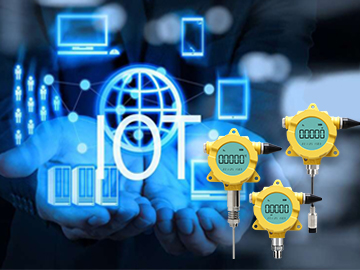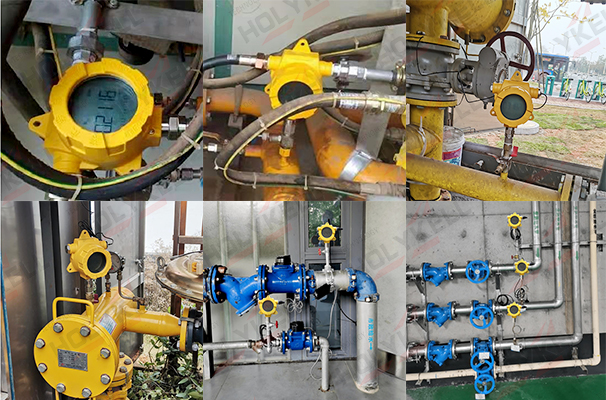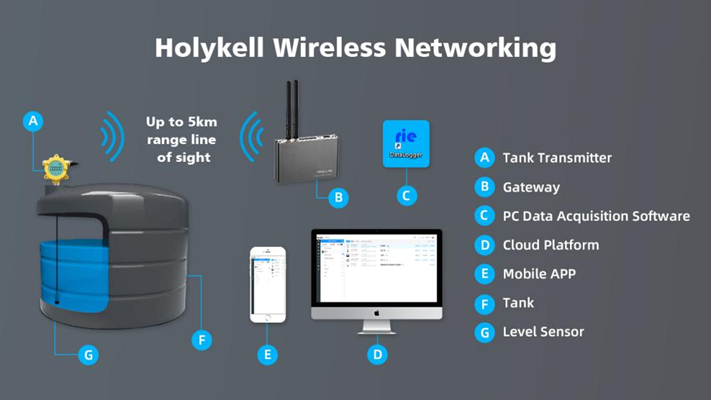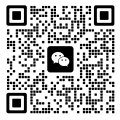9 FAQs of Wireless Sensors
Wireless sensors revolutionize data monitoring. These compact and versatile devices eliminate the need for wired connections, offering flexibility, scalability, and real-time insights. However, when using these advanced new technologies, we may face some questions. Here we collect nine questions that are most frequently asked by our customers and dealers.
FAQs of Wireless Sensors
1.Customers don’t know how to use the product after purchase.
Actually for our wireless smart sensors, we have installation and operation manuals, and videos, but it seems like people tend not to read thick manuals but to seek online guidance. Don’t worry! Our engineers are trained from time to time. They are experienced to provide you instructions and guidance.

2.With the SIM card installed per the instruction, APN information configured remotely, but the data can’t be uploaded to the cloud platform. Why?
Possible causes may include:
①SIM card is new and not activated or data plan is not available.
②SIM card is out of credit.
③SIM card is installed reversed.
④The device does not support the SIM card from this telecom operator.
⑤The antenna is not installed or the antenna plug is loose or not connected.
⑥The wireless sensors established on the platform are the reading symbols of the configuration protocol: For example, for products with MQTT protocol of 4G, the COAP protocol of NB-IOT…, configuration is required: pressure/level (F), temperature (T), battery power (V), signal strength (Q), SIM card ID (ICCID)
3.With LORA wireless sensors correctly configured remotely, while the data still cannot be uploaded to the host software. Why?
①The RS485 port is connected in the wrong place.
②The RS485-to-USB/RS232 device is not suitable. Replace with another better converter.
③The signal antenna is not connected.
④If the communication is connected to the computer via the network port LAN, check whether the LAN IP internal address of the network cable network port is set correctly?
⑤When the communication is normal, but data can’t be uploaded, check the power supply of the sensor and transmission terminal, the signal status on the screen, or if the internal frequency configured and the rate is identical with that of the receiver.

4.The battery is dead within a few days. Why?
①Check the data reporting or sampling time interval. Too short interval consumes the battery power quickly.
②First check the internal configuration of the transmitting terminal.
③Secondly check whether the equipment is damaged by water ingress or other reasons.
④Check whether the data package upload function is turned on? If so, it will collectively report the data collected within the reporting interval to the platform. Relatively speaking, a large amount of data costs a long reporting time, and the power consumption is naturally more than transmitting a group of data at a time. The minimum reporting time interval is half an hour. Turn this function on or off according to customer’s data collection requirements.
5. Why the wireless sensors suddenly cannot upload data after being installed and used for a few months?
①The time interval configured is too short, causing battery power to be consumed too quickly and shutdown.
②Waterproof measures are not done when the device is installed outdoors, causing water ingress to the equipment and short-circuit damage
③External factors of force majeure damage the device, such as fire, flood, earthquake, mudslide and so on.

6. If a customer wants to connect to their own server or cloud platform, how can we do?
①Use our platform API interface to transfer data to the customer’s cloud platform.
②Provide our equipment protocol to the customer, and the customer parses the data to enter its own platform or server.
③Customers build MQTT server themselves to receive our device data (for 4G products)
7.What certifications do our wireless products have?
We have obtained CE certification (including EMC+RF+LVD testing and certification) and ATEX certification.
8. What should be paid attention to when installing the sensors outdoors?
①Prevent ultra-high temperature
②Prevent static electricity
③Prevent lightning
④Prevent sunshine
9. What tools and software are needed for remote assistance and configuration? How does it work?
Teamviewer(we can provide) and the TP assistant.
Why Choose Holykell Wireless Sensors?
Holykell’s wireless sensors offer reliable, safe and convenient monitoring solutions. With advanced technology and seamless connectivity, our sensors provide real-time accurate data for various applications, enhancing efficiency and reducing maintenance costs. Holykell wireless smart series H2601, H2602, and H2603 have been used in various industries by our customers globally. Experience the wireless sensing with Holykell now.
Related Posts
Low Power Consumption Battery Operated Wireless Sensor Transmitters
Wireless Networking for Rainwater Harvesting System





